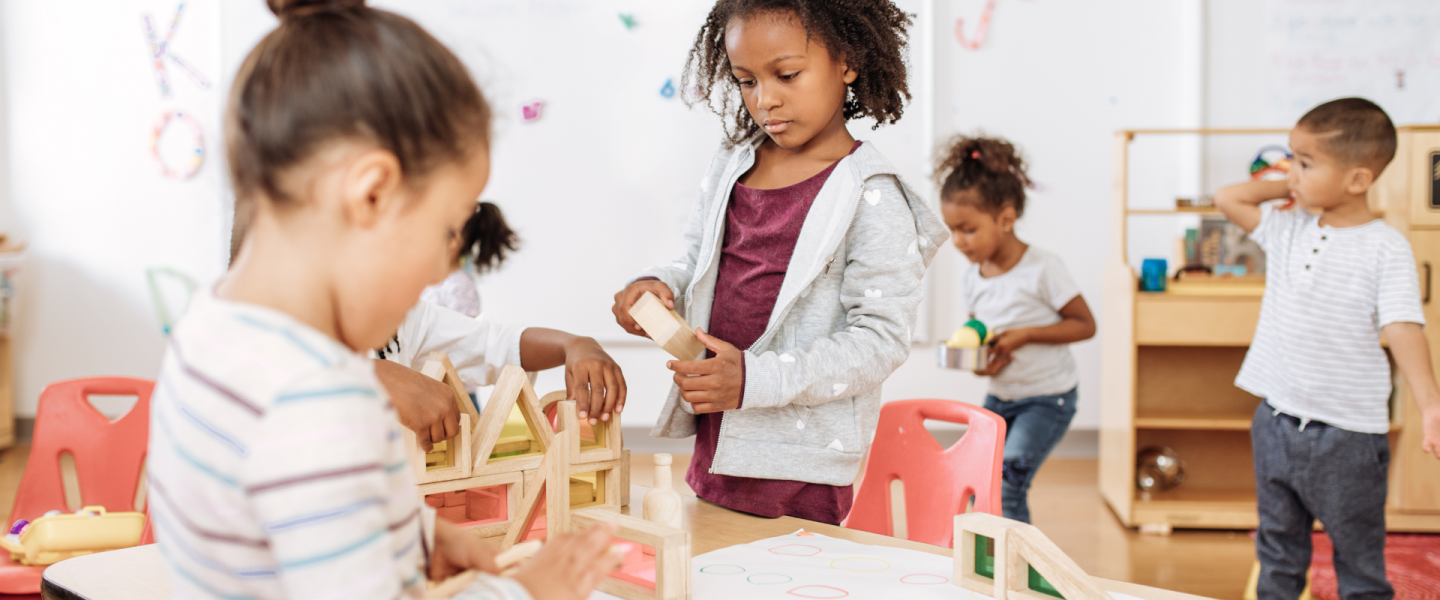Active learning approaches have proven effective, but getting students to participate in it can be a challenge. Students rarely choose the active learning approach spontaneously; instead, instructors must design and choose activities deliberately so that students choose to participate voluntarily.
Imagine that you have enrolled in one of the facilities management courses with a lot of hope and expectations to improve your career. But due to some unforeseen reasons, you fail to make it to the class physically. Well, in this case, you need not feel sad, because luckily, nowadays, you can acquire knowledge no matter where you go–you can constantly learn, and your professors would not be your teachers but guides. Welcome to the world of intensive learning. They’re designed around the students and what makes them most interested in what they’re learning. It’s completely different from college, but the outcome is the same: knowledge. Intensive learning programs have been a growing trend in education-and for a good reason.
As the COVID-19 pandemic questioned teachers to search for new opportunities to interact with students, involvement in active learning grew. Schools and teachers embraced technological advances, while students experience the psychological impacts of being quarantined as well as remote learning, including restlessness, inattention, and isolation. The pandemic established that approaches to traditional education might not have been an effective place to learn. Still, queries remained about reading comprehension and how to use it in teaching, engaging, and exciting students.
The studies gathered showed that reading comprehension could even put students in control of their lessons. Active learning techniques motivate students to generate ideas and seek input through given various instead of complacently obtaining reports as is commonplace educational approaches such as lectures and readings.
One study in the collection demonstrated the advantages of physical exercise for creative thinking and idea generation. Some other studies discovered that whereas college students believe they gain knowledge more than that in lecture methods than in active learning methods, they do not. Active learning produces better results.
How Does Active Learning Promote Effective Learning?
A learner’s brain is more active and engaged when they learn actively. As educators, we should strive to create learning environments where active learning flourishes. This could be achieved by providing upskilling opportunities to educators so that they can get familiar with educational video content, augmented reality, online learning platforms, and group collaborations. By taking the help of educational consulting services, schools can reorient their teachers to learn and use advanced technology for improved learning and better information retention in children.
Active learning is an educational approach in which students engage with the material they are learning. It is used within higher education and is an integral component of 21st-century learning. This approach is very effective when done well but can also be difficult to implement. Fortunately, new research has outlined some interesting findings that may provide a rich source of ideas for practitioners interested in adding active learning to their pedagogy.
What Do You Mean When You Say That Learning Is More Effective When It Is an Active Process Rather Than a Passive One?
As a tutor, students often describe their learning process as passive. Passive learning is associated with listening and memorization. Active learning is associated with doing and problem-solving. Here, students are challenged with solving problems and trying to apply their new knowledge to practical situations. While passive learning can be an effective method of acquiring knowledge, active learning can result in a deeper understanding and longer knowledge retention.
What do you mean when you say that learning is more effective when it is an active process rather than a passive one?” I tackle the often-misunderstood concept of active learning. Yes, there is a difference between active and passive learning, and it all has to do with how our brains work.
Is New Learning Modality Effective?
From the first days of a child’s life, most parents, teachers, and even childcare providers stress the importance of sitting down and doing one’s homework. They emphasize the importance of learning and how it can help a child succeed in their future.
Active learning refers to instructional methods engaging students in the process of learning through activities or group discussions. The interactive theory holds that students are better able to learn a concept when they actively participate in their learning, as opposed to passively listening to a teacher. Conversely, passive learning involves students listening to instructors, taking notes, and then doing practice problems on their own.
Learning is active. That’s always been true, though the weight of that truth is heavier than ever. Today’s best learning software puts students in control, providing them with opportunities to learn by doing and making mistakes. It allows them to self-evaluate and find ways to move forward when they get stuck. But design is only one half of the equation; content is also essential.
Teaching children to read is often easier if they watch or listen to someone reading. However, it is generally more difficult for an adult to read out loud. Therefore, taking this approach when teaching children to read should be more effective.
It’s clear from a recent study that active learning leads to greater improvement in problem-solving than passive learning. In these active learning classrooms, students were able to apply the principles they learned to problems they were working on. The active learning classroom also improved the students’ ability to apply the principles they learned to problems they were working on.

